In Photos: Baltic Sea Shipwreck Yields 200-Year-Old Seltzer Bottle
Pulling Up Shipwreck
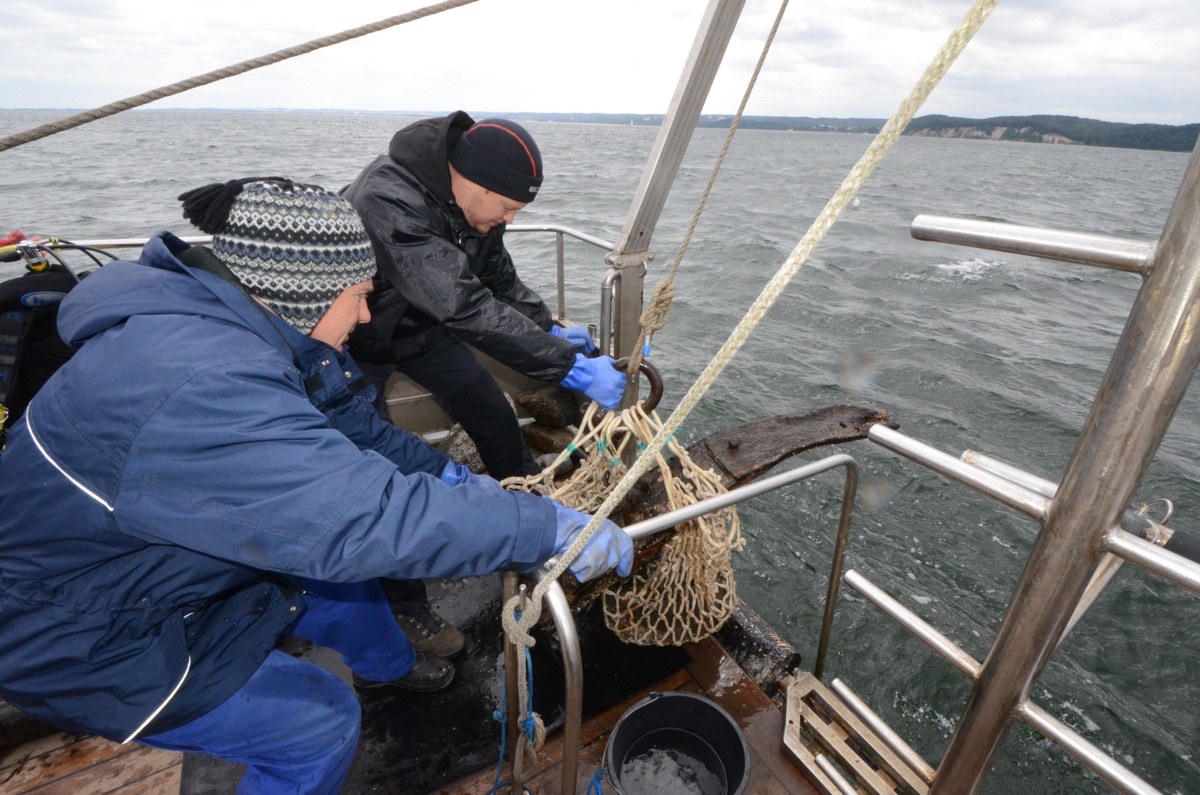
A 200-year-old stoneware bottle has been pulled up from a sailing shipwreck in the Gulf of Gdańsk, a bay in the Baltic Sea named after Gdansk, a port city in Poland. Scientists have found traces of what may be gin inside the bottle and say it's actually drinkable. Here, workers pull up parts of the shipwreck from the Gulf. [Read full story]
Gdansk Bay
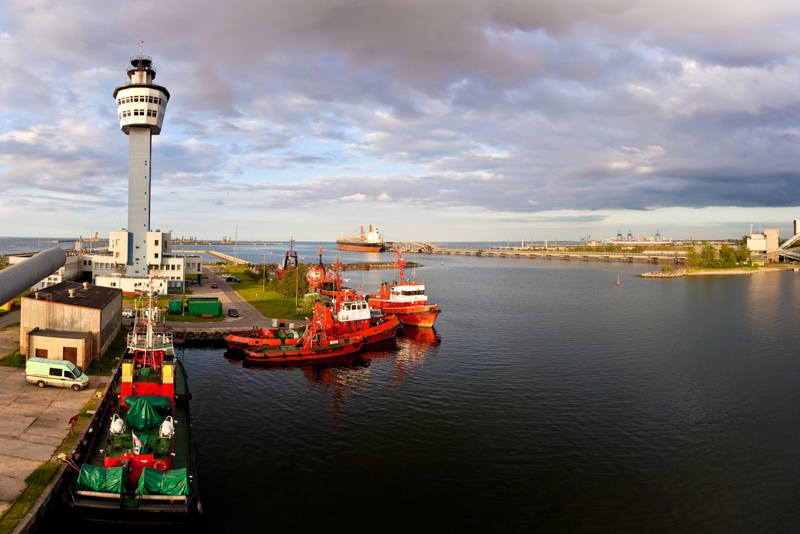
The bottle and shipwreck were discovered at a depth of about 39 feet (12 meters) on the bottom of the Gulf of Gdansk (shown here), part of the Baltic Sea off Poland. [Read full story]
Seltzer Water?
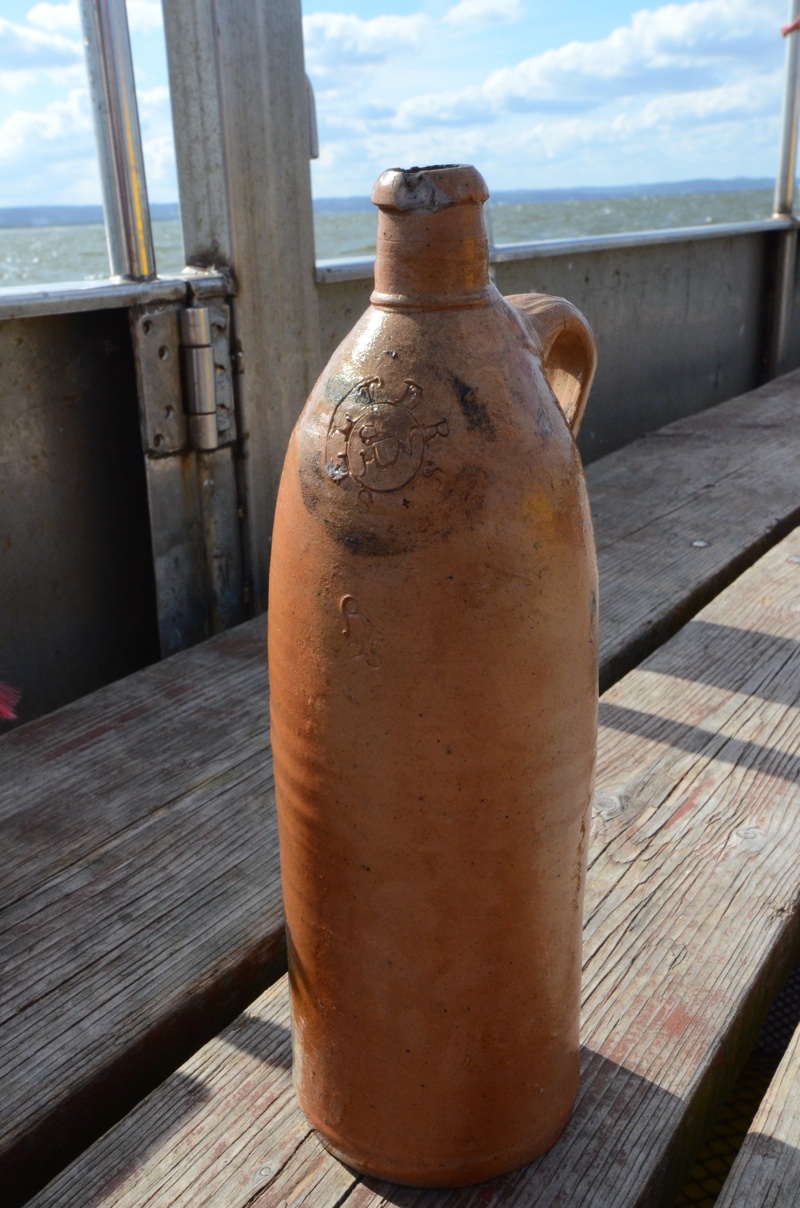
Along with finding fragments from a shipwreck, archaeologists also discovered a small bottle, just 12 inches (30 centimeters) high, that was embossed with the word "Selters," suggesting it held soda water. Such a beverage is known to have been produced for several centuries near the Selters village in the Taunus mountain range in Germany.
Need a drink?
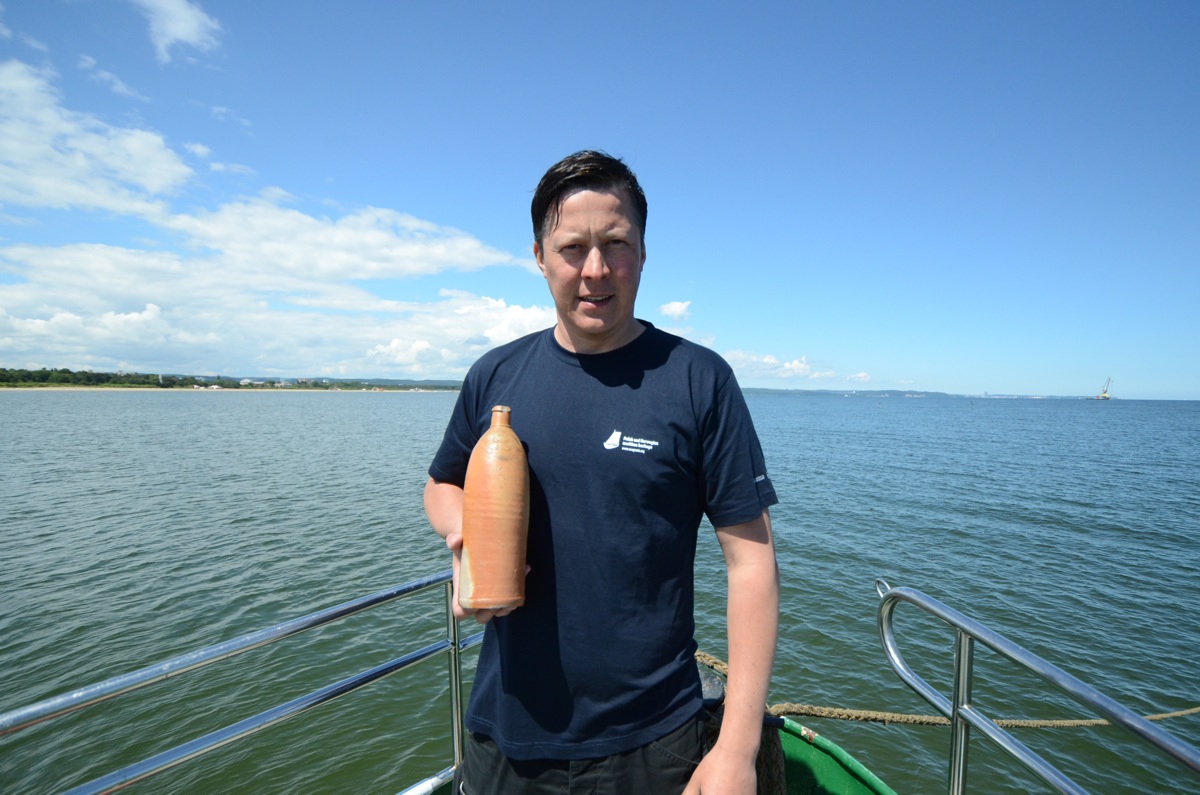
A research laboratory, J.S. Hamilton in Gdynia, found the Selters bottle contained 14 percent alcohol distillate that was possibly diluted with water, according to lead researcher of the recovered shipwreck, Tomasz Bednarz, an underwater archeologist from the National Maritime Museum in Gdańsk. Bednarz is shown here holding the Selters vessel. He added that the chemical composition of the bottle's contents match that of the Selters soda water. [Read full story]
Gdansk Bottle

The print under the main emblem and the word "Selters," which included the letter "R" and the number "25," may refer to the vessel's manufacturer, the researchers said. Between 1806 and 1830, the small shops in the Taunus mountain region made 2 million of these stoneware bottles, Bednarz said in a statement on the site of Poland's Ministry of Science and Higher Education. [Read full story]
Stoneware Bottle
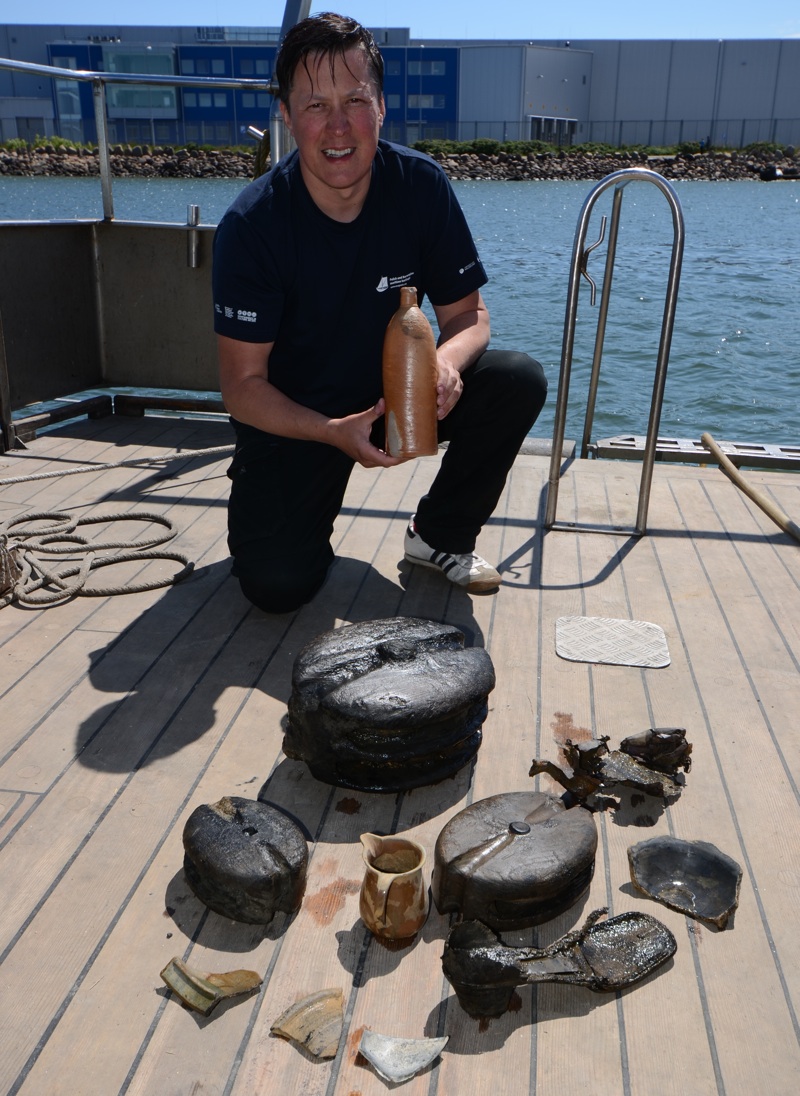
The alcohol found inside the stoneware Selters bottle may be a kind of genever gin, a traditional liquor in the Netherlands and Belgium. Lab staff who analyzed the bottle's contents said the alcohol is suitable for drinking. "This means, it would not cause poisoning. Apparently, however, it does not smell particularly good," Bednarz said, according to Poland's Ministry of Science and Higher Education. [Read full story]
Exploring a Shipwreck
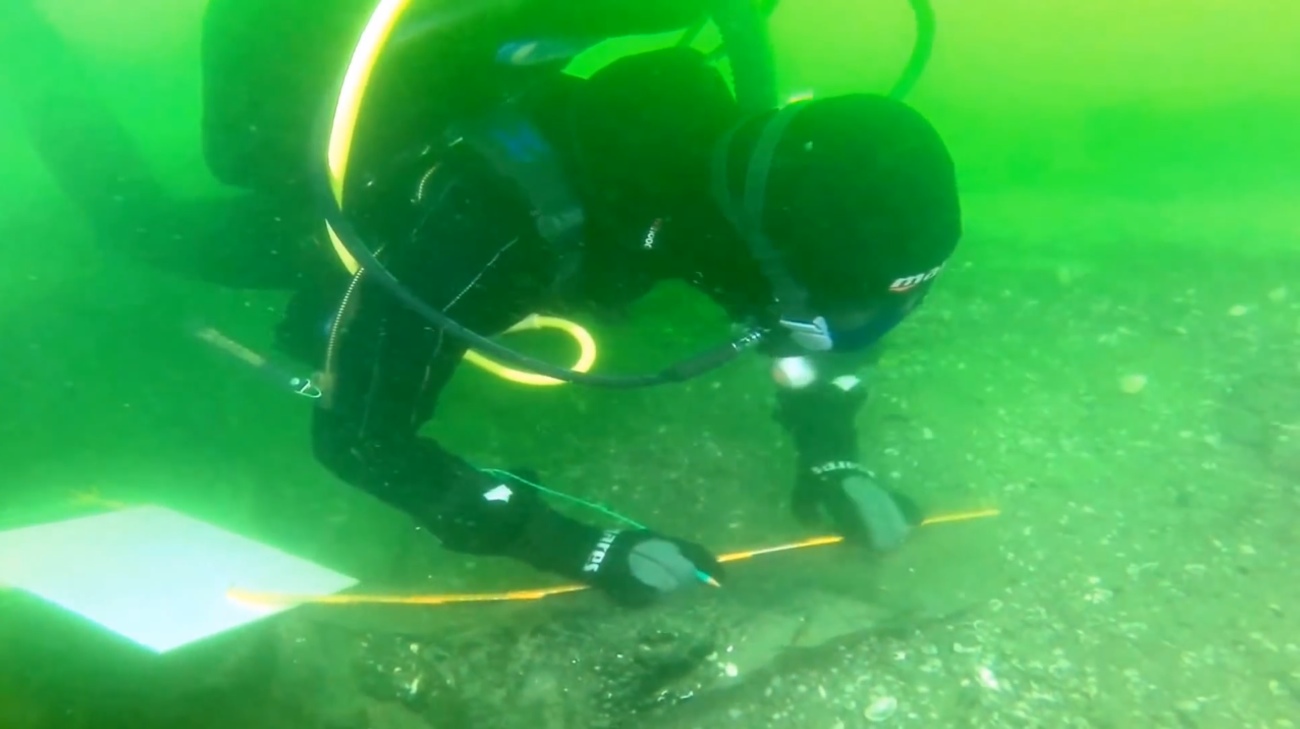
A scientist examines artifacts from the F53.31 shipwreck discovered in the Gulf of Gdansk in the Baltic Sea.
Get the world’s most fascinating discoveries delivered straight to your inbox.
Shipwreck Notes
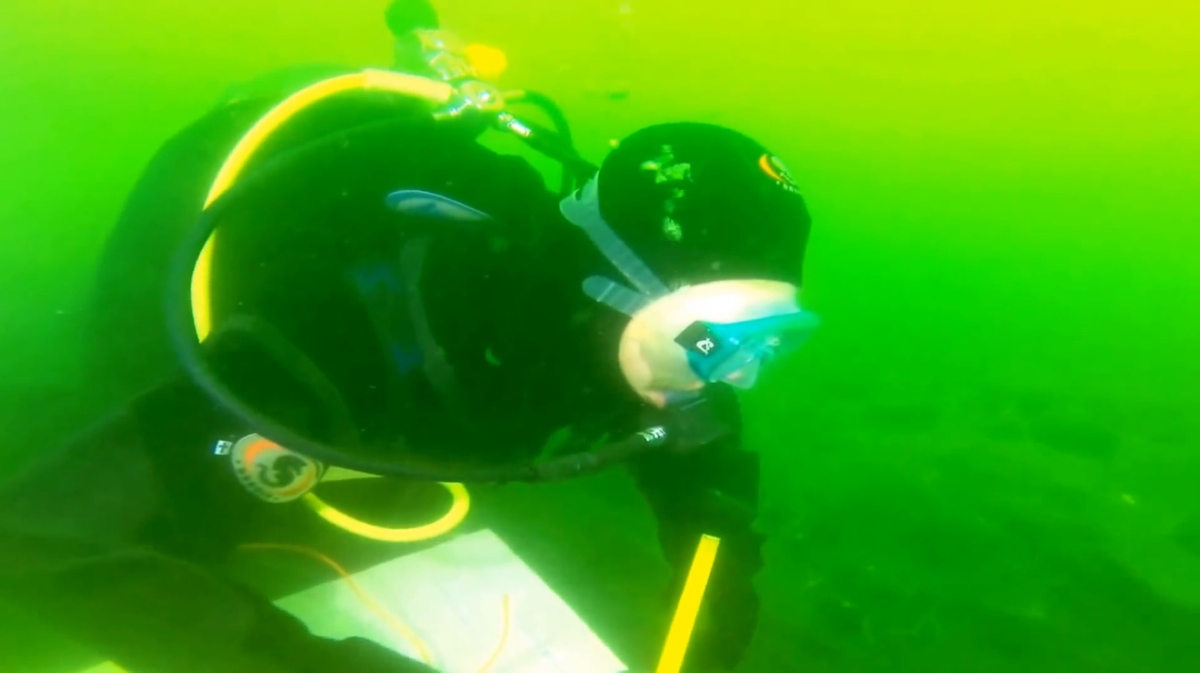
A scientist takes notes while exploring the F53.31 shipwreck discovered in the Gulf of Gdansk in the Baltic Sea.
Jeanna Bryner is managing editor of Scientific American. Previously she was editor in chief of Live Science and, prior to that, an editor at Scholastic's Science World magazine. Bryner has an English degree from Salisbury University, a master's degree in biogeochemistry and environmental sciences from the University of Maryland and a graduate science journalism degree from New York University. She has worked as a biologist in Florida, where she monitored wetlands and did field surveys for endangered species, including the gorgeous Florida Scrub Jay. She also received an ocean sciences journalism fellowship from the Woods Hole Oceanographic Institution. She is a firm believer that science is for everyone and that just about everything can be viewed through the lens of science.


